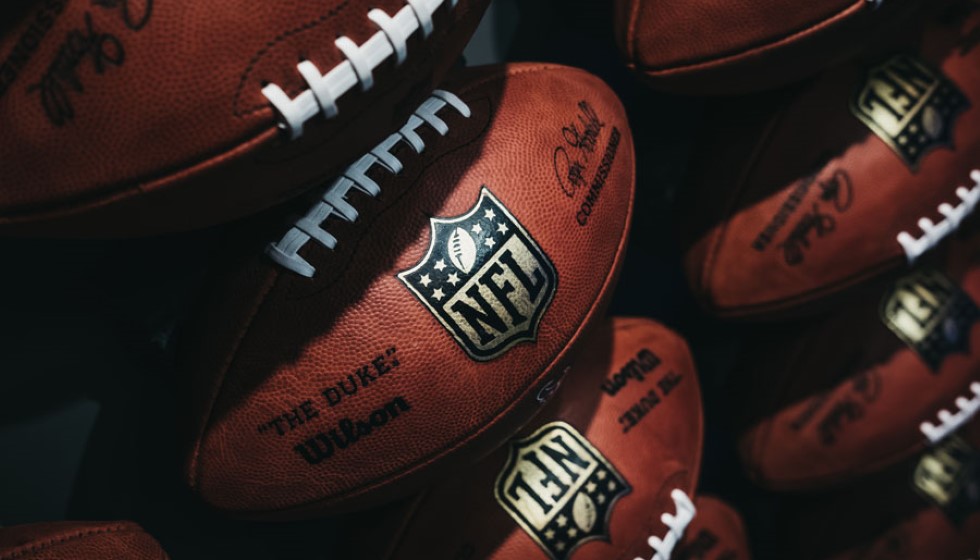
New Rule, Old Problems: The Hip-Drop Tackle Controversy in the NFL
As the NFL season kicks off with renewed energy, the league's new rule banning the hip-drop tackle has quickly become a focal point of contention. Despite the NFL and NFLPA's concerted efforts to enhance player safety, the enforcement of this regulation has been inconsistent, raising eyebrows across the football community.
The rule, which imposes a 15-yard penalty and an automatic first down on the defense, aims to curb the high-risk tackle identified by the league as a significant threat to player safety. The technique, described by the NFL as a maneuver where a player grabs the runner with both hands or wraps him with both arms, unweights himself by swiveling and dropping his hips, and lands on the runner’s legs at or below the knee, has been tied to severe leg injuries that can sideline players for extended periods.
Enforcement Under Scrutiny
Through the first 31 games of the current season, the NFL's officiating body has struggled to maintain consistency in enforcing this new rule. Multiple instances of the banned tackle have been identified, yet penalties have remained scarce. For example, officials missed calls on at least two hip-drop tackles in Week 1 alone. Among the notable incidents was a tackle by Bears linebacker T.J. Edwards, who escaped without a penalty but may still face a fine from the league.
Such lapses in officiating have not gone unnoticed. Houston Texans running back Joe Mixon, who is currently nursing an ankle injury that may have resulted from a hip-drop tackle, has been vocal about the issue. "The NFL and NFLPA made it a rule and an emphasis for a reason. Time to put your money where your mouth is," Mixon stated pointedly on Twitter.
Impact on Player Safety
Mixon's injury occurred during a recent game where he had to leave the field, later being listed as questionable to return. Displaying his resilience, Mixon made a comeback in the fourth quarter, but the incident underscored the risks that the hip-drop tackle poses to player safety. "Joe got rolled up. The guy's weight definitely came down on his ankle. Didn't look good from my view," noted Texans head coach DeMeco Ryans. Ryans added, "We'll evaluate Joe throughout the week. Hopefully he's okay. Have to see the film and see if it was really a hip-drop tackle."
These episodes illustrate a mismatch between the NFL's safety intentions and the on-field realities. When officials fail to enforce the new rule consistently, they not only undermine the rule's purpose but also place players at increased risk of injury. The responsibility of officials to uphold mandated safety measures is crucial to preserving the integrity of the game and the well-being of its players.
Moving Forward
With the season still in its infancy, the question remains how rigorously the league will enforce the hip-drop tackle rule as the games progress. The initial weeks have shown that despite the good intentions behind the rule, its practical application requires significant refinement. In the eyes of many players, coaches, and fans, the league's commitment to player safety will be judged by its ability to consistently enforce this and other crucial rules.
As the NFL navigates these early challenges, the hope is that enforcement inconsistencies will be addressed promptly. Until then, players like Joe Mixon will continue to await MRI results and recover from injuries sustained in the very scenarios the league sought to prevent. For now, all eyes are on the officials, whose decisions on the field have far-reaching implications for the health and careers of the athletes they oversee.
By ensuring that regulations like the hip-drop tackle ban are adhered to consistently, the NFL can better protect its players and uphold the spirit of the game. The stakes are high, and the scrutiny intense, but the pursuit of a safer playing environment remains a noble and necessary endeavor.